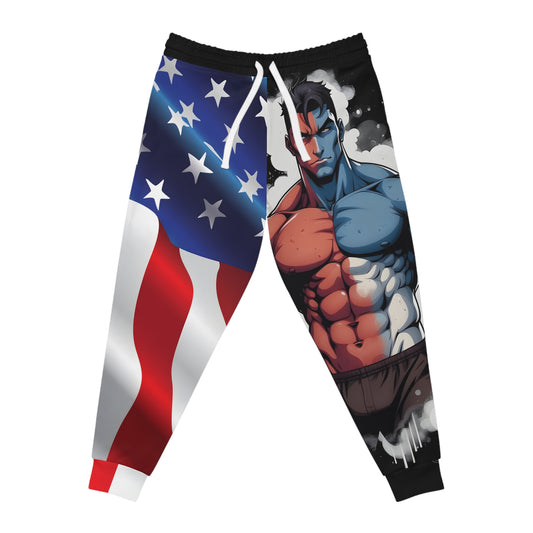
Faux Fur vs. Real Fur: Which Is Better?
Introduction
The debate between faux fur vs. real fur environmental impact has intensified as consumers become more eco-conscious. While real fur comes from animals, faux fur is synthetic—but is it truly the greener choice?
This article explores:
✔ The environmental impact of faux fur vs. real fur
✔ Carbon footprints of both materials
✔ Whether faux fur is biodegradable
✔ Ethical fur alternatives
By the end, you’ll know which option aligns best with sustainability.
Animal Welfare Concerns About Real Fur - Read this article 👉 PETA – The Truth About Fur

1. Is Faux Fur More Eco-Friendly Than Real Fur?
Many assume faux fur is the ethical choice, but its environmental impact is complex.
Real Fur’s Environmental Cost
- Resource-intensive: Raising animals (e.g., minks, foxes) requires land, water, and feed.
- Chemical use: Tanning fur involves toxic chemicals (chromium, formaldehyde).
- Long decomposition: Real fur biodegrades but slowly (up to 50 years).
Faux Fur’s Hidden Impact
- Made from petroleum: Most faux fur is polyester (a plastic derivative).
- Microplastic pollution: Sheds microfibers in washing machines, harming oceans.
- Non-biodegradable: Takes hundreds of years to break down.
Verdict: Neither is perfect, but faux fur has a lower carbon footprint overall.

2. Faux Fur vs. Real Fur Sustainability: Key Factors
A. Carbon Footprint Comparison
| Factor | Real Fur | Faux Fur |
|---|---|---|
| Production Emissions | High (animal farming) | Moderate (petroleum-based) |
| Water Usage | Very High | Low |
| Longevity | 20-30 years | 5-10 years |
| End-of-Life | Biodegradable (slowly) | Pollutes landfills |
Conclusion: Real fur lasts longer but has a higher initial environmental cost.
B. Does Faux Fur Harm the Environment?
Yes, but in different ways:
- Microplastics: A single wash releases thousands of microfibers.
- Non-renewable materials: Relies on fossil fuels.
- Recycling challenges: Most faux fur ends up in landfills.
Solution: Wash faux fur in a microplastic filter bag (e.g., Guppyfriend).

3. Ethical Fur Alternatives: Are There Greener Options?
If both fur types have drawbacks, what’s the best choice?
A. Plant-Based & Recycled Faux Fur
- Bio-based faux fur: Made from kelp, mushrooms, or recycled plastics.
- Brands to try: Ecopel (recycled polyester), Peltt (plant-based).
B. Second-Hand & Vintage Fur
- Pros: No new animals harmed, extends garment life.
- Cons: Still supports fur industry indirectly.
C. Fleece & Wool Alternatives
- Merino wool: Biodegradable, warm, but requires animal farming.
- Recycled fleece: Better than virgin polyester.

4. Is Faux Fur Biodegradable?
No—most faux fur is plastic-based (polyester, acrylic) and does not decompose naturally.
Biodegradable Alternatives in Development
- Pinatex: Made from pineapple leaves.
- Muskin: Mushroom-based leather.
- Kombucha fabric: Fermented bacterial cellulose.
Tip: Look for certified biodegradable textiles if sustainability is a priority.

5. Which Is Greener: Real Fur or Faux Fur?
When to Choose Faux Fur:
✔ You avoid animal products.
✔ You prioritize lower upfront carbon emissions.
✔ You’re willing to minimize microplastic pollution.
When Real Fur Might Be Better:
✔ You buy vintage/second-hand (no new demand).
✔ You need a long-lasting material (30+ years).
Final Verdict: Faux fur is generally better for the environment, but second-hand real fur can be sustainable if ethically sourced.

FAQ: Faux Fur vs. Real Fur Environmental Impact
1. Is faux fur more eco-friendly than real fur?
Yes, faux fur has a lower carbon footprint in production, but it contributes to microplastic pollution.
2. Does faux fur harm the environment?
Yes—it sheds microplastics and is not biodegradable, but its overall impact is lower than real fur farming.
3. Is real fur worse for the environment than faux fur?
In terms of land use, water consumption, and chemicals, real fur has a higher initial impact, but it biodegrades.
4. What’s the most sustainable fur alternative?
- Recycled faux fur (e.g., Ecopel)
- Plant-based fur (e.g., mushroom leather)
- Vintage real fur (no new animal harm)
5. Is faux fur biodegradable?
No—most faux fur is plastic-based, but new bio-fabrics (like Pinatex) offer biodegradable options.
Plastic Pollution and Faux Fur - Check out UN Environment Programme – Our Planet is Drowning in Plastic Pollution

Conclusion: Making an Eco-Conscious Choice
The faux fur vs. real fur environmental impact debate has no perfect answer. Faux fur is better for reducing animal harm and emissions, but real fur lasts longer and biodegrades.
Best choice for sustainability?
- Opt for recycled or plant-based faux fur.
- If buying real fur, choose vintage.
- Minimize microplastics with a washing filter.
By making informed choices, you can enjoy fashion without compromising the planet.
Other posts to check out:
Reclaimed Trends: How Street Fashion Turns Sustainability Into Style
What are smart fabrics? Fashion's High-Tech Future Explained








